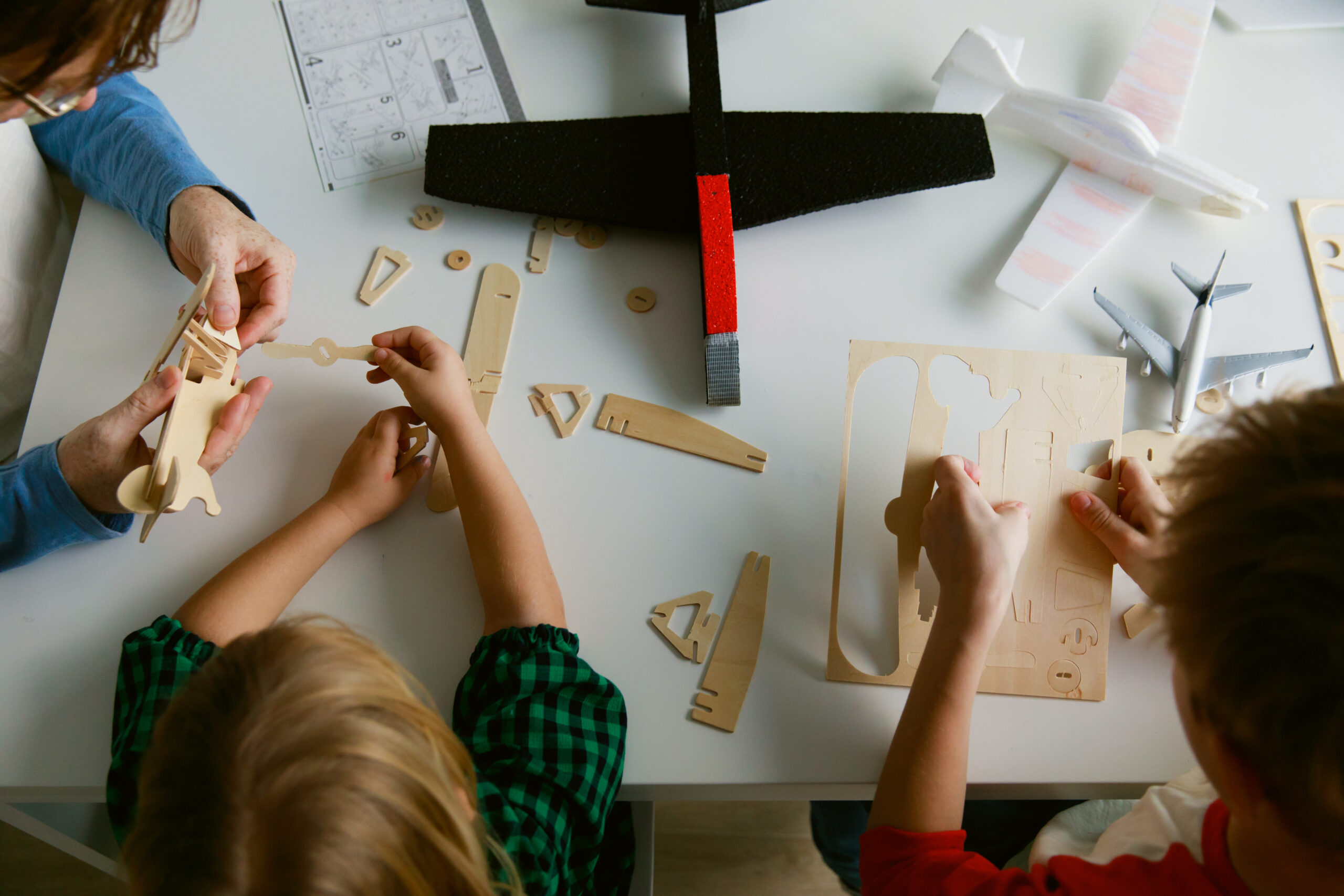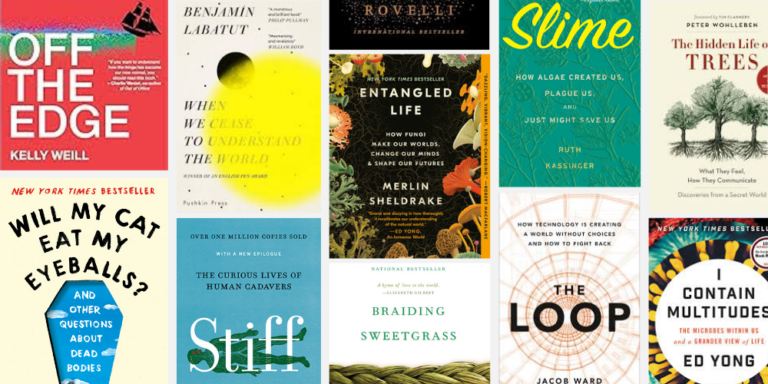Passion Projects
Spring Break has come and gone and you’ve (barely) survived the testing season. Summer vacation is near, but the countdown is still in the double digits. Your students are restless and so are you. What do you do?! How about introducing an activity that sparks joy and intrinsic motivation in your students. One that allows them the freedom to explore areas of personal passion and encourages creative thinking. Something that combines fun and learning. How about Passion Projects?!
The Passion Project movement has morphed over decades from a workplace approach to cultivating innovation among employees at 3M to something called 20% time or Genius Hour at Google. It’s now a popular practice for schools to infuse personalized learning and creativity into their curriculum. Students spend at least one hour each week researching an area of personal interest and designing an engaging multimedia product to be shared with others.
When I first introduced Passion Projects to my third graders, I didn’t really know what to expect…I had a rudimentary plan, so I just jumped in! Within minutes, I could see my students’ eyes light up with excitement at the prospect of pursuing something they loved. They were eagerto get started.As time went on their enthusiasm for learning continued and I navigated my way through the challenges that surfaced. In the end, my diverse group of students was able to discover more of who they are and what they’re capable of, all while addressing important curriculum standards. A win-win for student and teacher!
So as you find yourself struggling to keep your students engaged this Spring, I suggest finding some time to squeeze in Passion Projects. To help you get started, we’ve put together a list of essential steps and resources. With our Getting Started guide and your students’ passion for learning, you’ll find the summer countdown flying by in no time!
Passion Projects–Getting Started
THE ESSENTIALS
Timeline: One hour each week or 2x per week for 30-45 mins, Projects span several weeks
Evaluation: Not graded, but students can self-assess through ongoing reflections
Collaboration: Students start with an individual Passion Project, although some may choose to collaborate
Technology: Can be done with or without technology
Grade Level: All Grades
Subject: Interdisciplinary
UNIT PLAN
1. Project Introduction (1-2 sessions)
Gather students to introduce the idea of exploring passions. Share inspirational videos and build excitement by outlining the project components. Allow for Q & A, and leave students thinking about areas of passion they’d like to explore further.
2. Brainstorming (2-3 sessions)
Students begin making a list of their passions. Use sticky notes on the wall or digital tool such as Padlet to collect and display student ideas. Search #geniushourand #passionprojecthashtags on Twitter for tons of great project ideas.
Questions to help students generate ideas:
- What do you get excited about?
- What are you good at?
- What problem would you like to solve?
- What do you read about?
- What do you secretly dream about?
3. Narrowing the Focus (2 sessions)
Now it’s time to narrow topics to one essential question (one that can’t just be Googled!). Students begin to think through the process of doing research, gathering information, and how they’d like to share this information with others. To make sure all students are ready to begin, teachers can confer one-on-one or require a written project approval.
4. Do the Research (several sessions as needed)
Over several sessions, students conduct research to answer their essential question and take notes. Traditional notecards work great, however, there are many apps and sites that work well for note takingsuch as Padlet, Google Keep, or Evernote. Since the research process can vary by student and so much learning happens along the way, we suggest students keep a journal record of their daily observations and accomplishments.
5. Communicate and Create (several sessions as needed)
Start with a brainstorming session to tease out all of the options for representing student work. Ideas include traditional posters, articles, and essays, as well as demonstrations, events, performances, models, web pages, and digital presentations/visuals. When students have made their choices, make a list of materials/resources needed to continue.
6. Share (1-2 sessions)
Schedule time to celebrate and share student learning! Keep the sharing simple with a gallery walk in the classroom, invite parents to join in or plan a big “Share Fair” event. Projects can also be recorded and viewed via a class website or social media site.
7. Evaluate (1 session)
While Passion Projects are not graded, this is a great opportunity for your students to self-evaluate their process and product. Guide your students through the process of identifying accomplishments, obstacles, and takeaways with a reflection tool such as this questionnaire by VVE Passion Project or this Self-Assessment Rubric.
More Passion Project Resources
- Article,‘ Genius hour’: What Kids Can Learn from Failure
- Pinterest Board, Passion Projects/Genius Hour
- Podcast, Passion Projects in Kindergarten and First Grade
- Website, Live Binder– GeniusHour/20% Time
- Videos, Passion Project/Genius Hour Video Playlist







